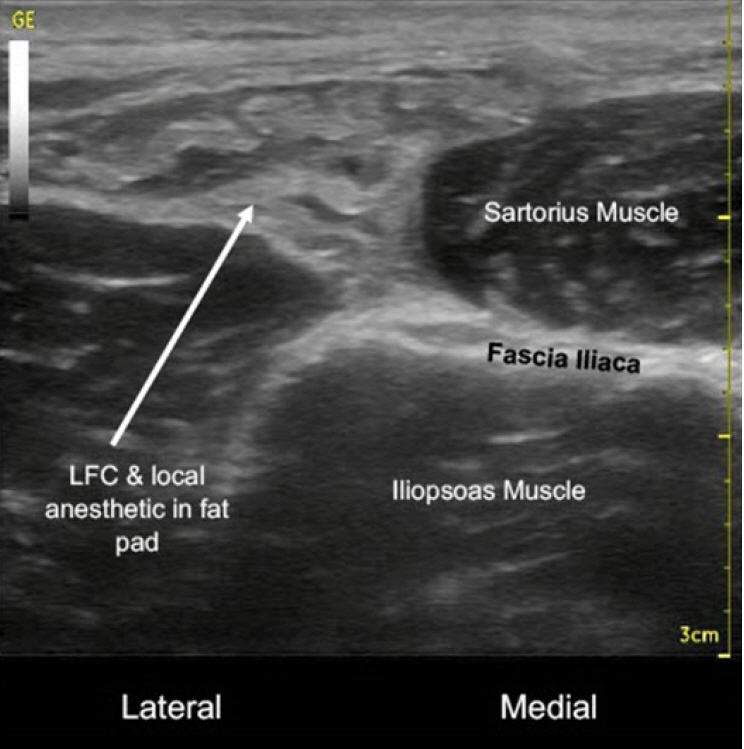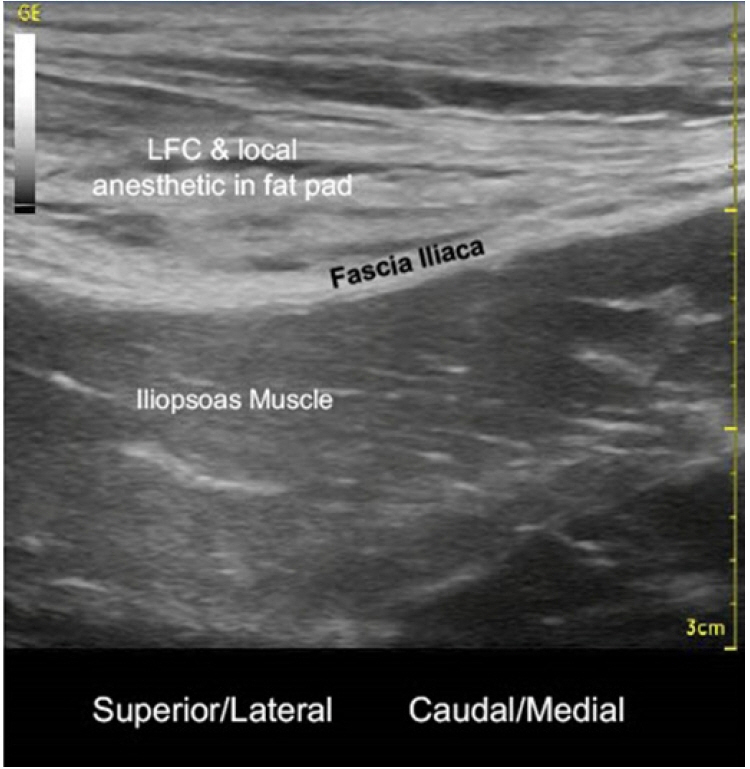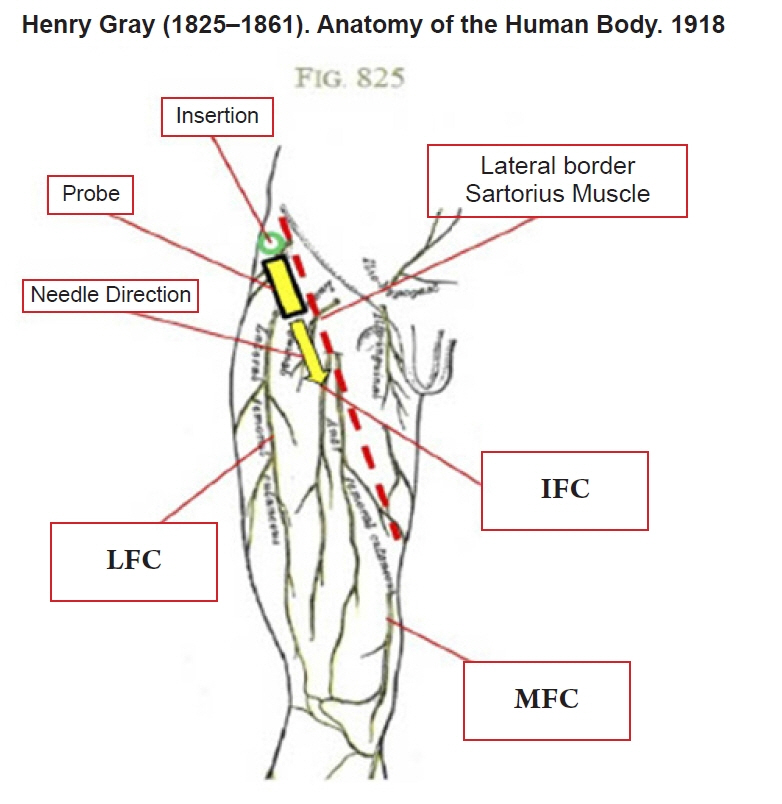Anesth Pain Med.
2022 Jan;17(1):87-92. 10.17085/apm.21029.
Approaching trauma analgesia using prolonged and novel continuous peripheral nerve blocks - A case report -
- Affiliations
-
- 1College of Medicine, The University of Tennessee Health Science Center, Memphis, TN, USA
- 2Department of Plastic Surgery, The University of Tennessee Health Science Center, Memphis, TN, USA
- 3Department of Clinical Pharmacy and Translational Science, The University of Tennessee Health Science Center, Memphis, TN, USA
- 4Department of Anesthesiology, The Stanford University Medical Center, Stanford, CA, USA
- 5Department of Anatomy and Neurobiology, The University of Tennessee Health Science Center, Memphis, TN, USA
- 6Department of Anesthesiology, The University of Tennessee Health Science Center, Memphis, TN, USA
- KMID: 2526532
- DOI: http://doi.org/10.17085/apm.21029
Abstract
- Background
A supraclavicular brachial plexus nerve block provides analgesia for the shoulder, arm, and hand; however, the maximum safe duration for a continuous infusion remains controversial. A novel continuous peripheral nerve block (CPNB) technique combining the Lateral, Intermediate, and Medial femoral cutaneous nerves (termed the ‘LIM’ block) to provide analgesia to the lateral, anterior, and medial cutaneous areas of the thigh while preserving quadriceps strength will also be described in detail here. Case: We present a complex case in which simultaneous utilization of an unilateral supraclavicular CPNB (5 weeks) and bilateral LIM CPNB (5 days) are successfully performed to provide analgesia for a traumatic degloving injury resulting in multiple surgeries. Conclusions: The analgesic plan in this case study eliminated previous episodes of opioid-induced delirium, facilitated participation in recovery, and removed concerns for respiratory depression and chronic opioid use in a patient at particular risk for both issues.
Figure
Reference
-
1. Oderda GM, Gan TJ, Johnson BH, Robinson SB. Effect of opioid-related adverse events on outcomes in selected surgical patients. J Pain Palliat Care Pharmacother. 2013; 27:62–70.2. Rathmell JP, Wu CL, Sinatra RS, Ballantyne JC, Ginsberg B, Gordon DB, et al. Acute post-surgical pain management: a critical appraisal of current practice, December 2-4, 2005. Reg Anesth Pain Med. 2006; 31(4 Suppl 1):1–42.3. Ilfeld BM, Duke KB, Donohue MC. The association between lower extremity continuous peripheral nerve blocks and patient falls after knee and hip arthroplasty. Anesth Analg. 2010; 111:1552–4.4. Capdevila X, Bringuier S, Borgeat A. Infectious risk of continuous peripheral nerve blocks. Anesthesiology. 2009; 110:182–8.5. Gray H, Lewis WH. Anatomy of the human body. New York: Lea & Febiger;1918.6. Ketz AK. Pain management in the traumatic amputee. Crit Care Nurs Clin North Am. 2008; 20:51–7, vi.7. Pisani MA, Murphy TE, Araujo KL, Slattum P, Van Ness PH, Inouye SK. Benzodiazepine and opioid use and the duration of intensive care unit delirium in an older population. Crit Care Med. 2009; 37:177–83.8. Bjørn S, Nielsen TD, Moriggl B, Hoermann R, Bendtsen TF. Anesthesia of the anterior femoral cutaneous nerves for total knee arthroplasty incision: randomized volunteer trial. Reg Anesth Pain Med. 2019; doi: 10.1136/rapm-2019-100904. [Epub ahead of print].9. Compère V, Rey N, Baert O, Ouennich A, Fourdrinier V, Roussignol X, et al. Major complications after 400 continuous popliteal sciatic nerve blocks for post-operative analgesia. Acta Anaesthesiol Scand. 2009; 53:339–45.10. Hebl JR. The importance and implications of aseptic techniques during regional anesthesia. Reg Anesth Pain Med. 2006; 31:311–23.11. Neal JM, Brull R, Horn JL, Liu SS, McCartney CJ, Perlas A, et al. The second American Society of Regional Anesthesia and Pain Medicine evidence-based medicine assessment of ultrasound-guided regional anesthesia: executive summary. Reg Anesth Pain Med. 2016; 41:181–94.12. Barrington MJ, Kluger R. Ultrasound guidance reduces the risk of local anesthetic systemic toxicity following peripheral nerve blockade. Reg Anesth Pain Med. 2013; 38:289–99.
- Full Text Links
- Actions
-
Cited
- CITED
-
- Close
- Share
- Similar articles
-
- Ultrasound-guided percutaneous cryoneurolysis providing postoperative analgesia lasting many weeks following a single administration: a replacement for continuous peripheral nerve blocks?: a case report
- Adjuvant medications to local anesthetics in nerve blockade
- Nerve blocks for optimal postoperative analgesia after total knee arthroplasty
- Ultrasound-guided percutaneous intercostal nerve cryoneurolysis for analgesia following traumatic rib fracture -a case series-
- Ultrasound-guided truncal blocks for perioperative analgesia





